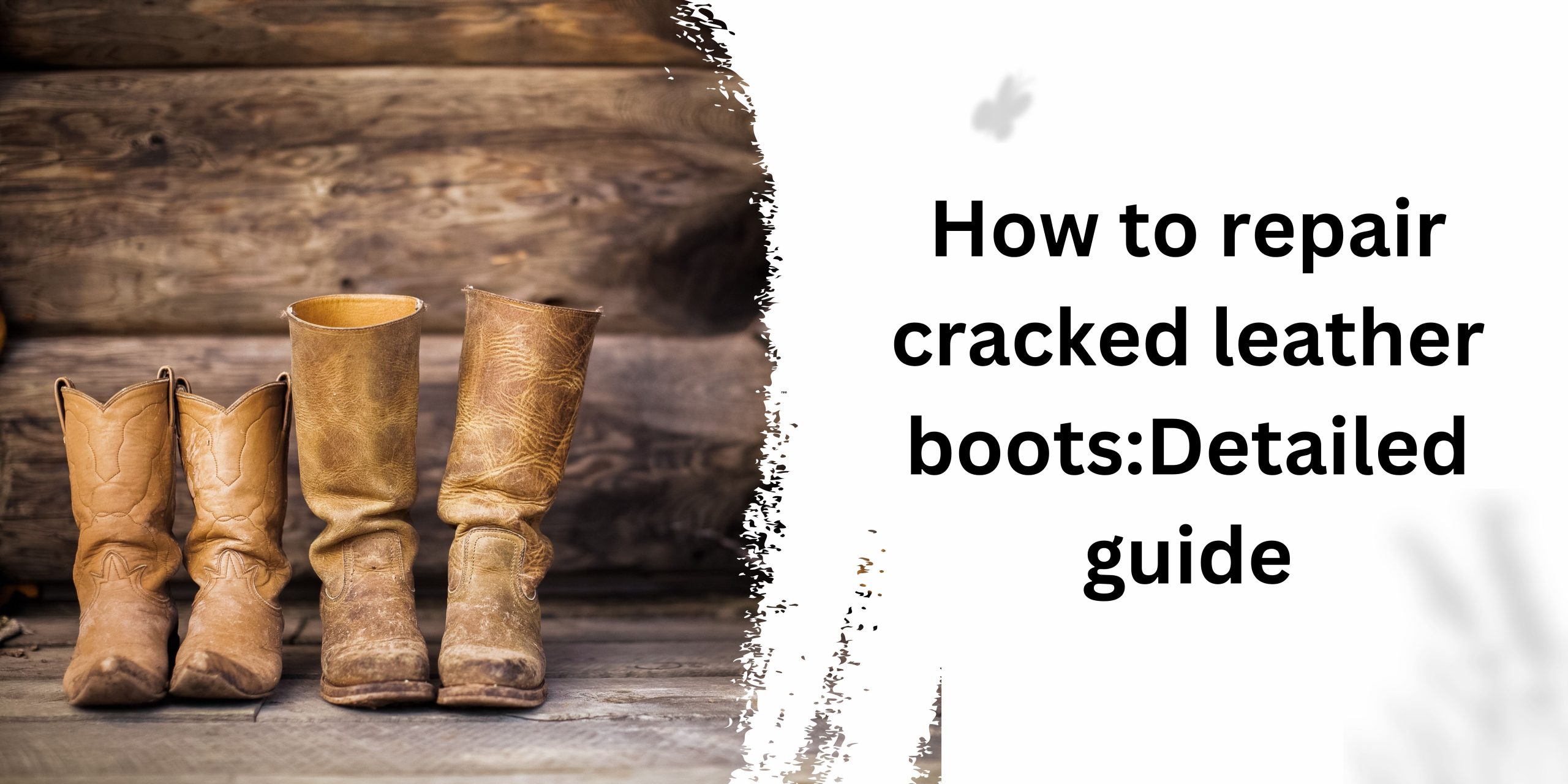Repairing cracked leather boots can extend their lifespan and keep them looking great. Whether you’re facing minor cracks or more severe damage, a few simple steps can help you restore your boots to their former glory. In this guide, we’ll cover everything you need to know about how to repair cracked leather boots
Understanding Leather Cracks
Leather cracks due to a variety of reasons, including age, dryness, and improper care. Understanding the cause of the cracks can help you prevent them in the future.
Supplies You’ll Need
Gather the following supplies before you start repairing your boots:
- Leather cleaner
- Leather conditioner
- Soft cloth
- Leather repair kit
- Sandpaper
- Leather dye (if needed)
- Cotton swabs
How to Fix Leather Boots With Deep Cracks and Scuffs
Repairing leather boots with deep cracks and scuffs requires a bit more effort, but it’s still manageable with the right tools and techniques. Here’s a detailed guide to help you fix your boots:
Clean the Boots:
Use a soft cloth to clean the boots and remove any dirt or debris. This step is crucial to ensure that the repair materials adhere properly to the leather.
Prepare the Leather Repair Kit:
Follow the instructions on the kit to prepare the filler. Most kits will require you to mix the filler with a hardening agent.
Fill the Cracks:
Apply the filler to the cracks using a spatula or similar tool. Make sure to press the filler into the cracks firmly to ensure a good bond.
Smooth Out the Filler:
Once the filler is dry, use sandpaper to smooth it out. Start with a coarse grit sandpaper to remove any excess filler, then switch to a finer grit sandpaper to blend the filler with the surrounding leather.
Apply Leather Dye (If Needed):
If the cracks have affected the colour of the leather, you may need to apply a leather dye to restore the colour. Follow the instructions on the dye carefully and apply it evenly to the repaired area.
Condition the Boots:
Finally, apply a generous amount of leather conditioner to the boots. Use a soft cloth to massage the conditioner into the leather in a circular motion. This will help moisturize the leather and prevent further cracking.
Additional Tips:
- Work in a well-ventilated area when using the leather repair kit and dye.
- Test the leather repair kit and dye on a small, inconspicuous area of the boots before applying them to the cracks.
- Follow the manufacturer’s instructions on the leather repair kit and dye carefully for best results.
How to Repair Light Leather Cracks With Leather Conditioner
Repairing light leather cracks with leather conditioner is a simple process that can help restore your boots and prevent further damage. Here’s a detailed guide to repairing light leather cracks:
Clean the Boots:
Start by cleaning the boots to remove any dirt or debris. Use a soft cloth dampened with water to gently wipe the surface of the boots. Allow them to dry completely before proceeding.
Apply Leather Conditioner:
Squeeze a small amount of leather conditioner onto a soft cloth. Rub the conditioner into the cracked areas of the leather using a circular motion. Ensure that the conditioner penetrates the cracks to moisturize the leather.
Let the Conditioner Sit:
Allow the conditioner to sit on the leather for about 15-20 minutes. This gives it time to penetrate the leather and work its magic.
Buff the Boots:
After the conditioner has had time to penetrate the leather, use a clean, dry cloth to buff the boots. Buffing helps to remove any excess conditioner and gives the leather a nice shine.
Repeat if Necessary:
For deeper cracks, you may need to repeat the conditioning process. Apply another coat of conditioner and allow it to sit before buffing the boots again.
Condition Regularly:
To keep your boots in good condition and prevent future cracks, make it a habit to condition them regularly. Aim to condition your boots every 3-6 months, or more frequently if you live in a dry climate.
Read More: Can You Put Hunter Boots in the Washing Machine?







